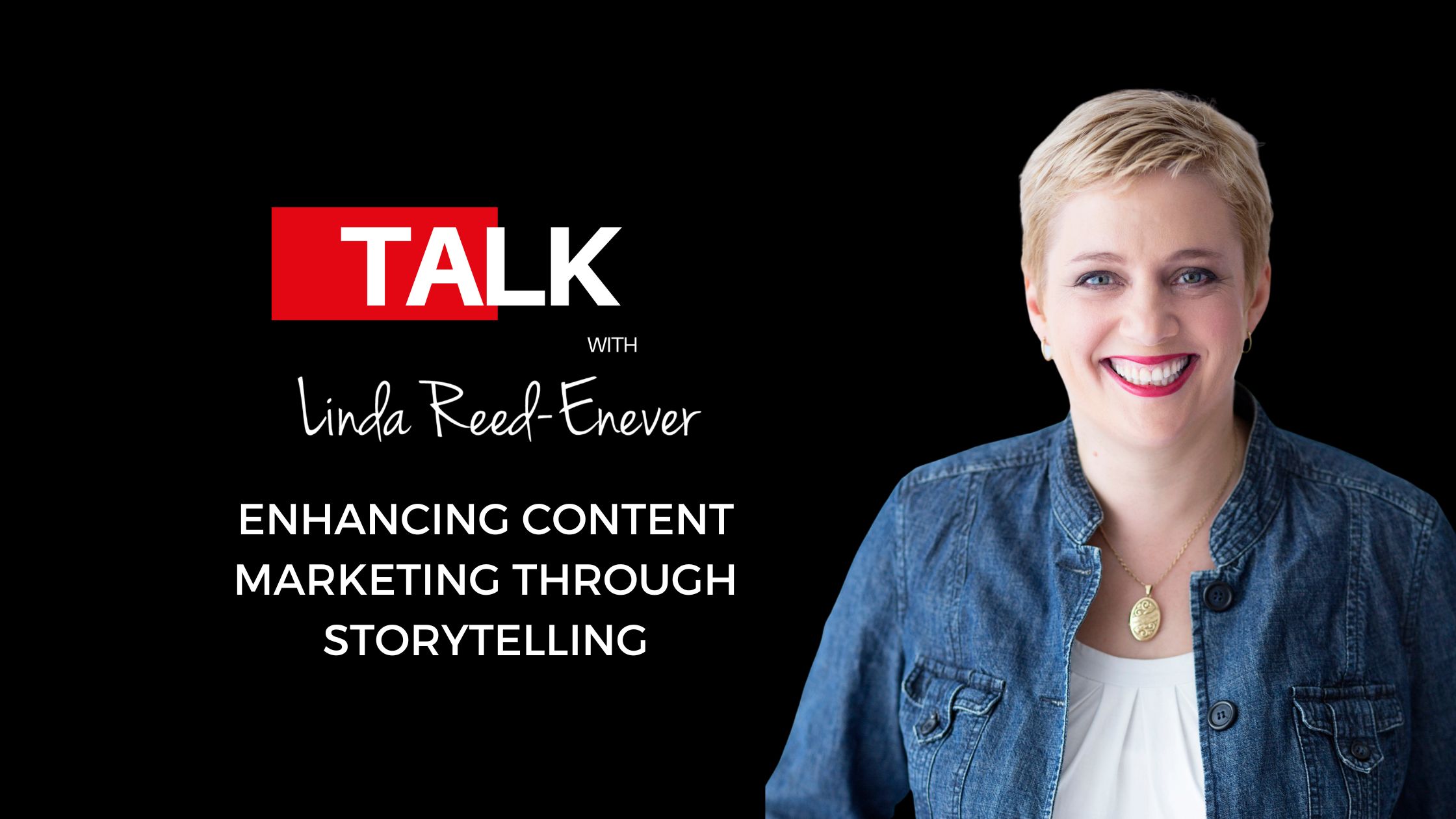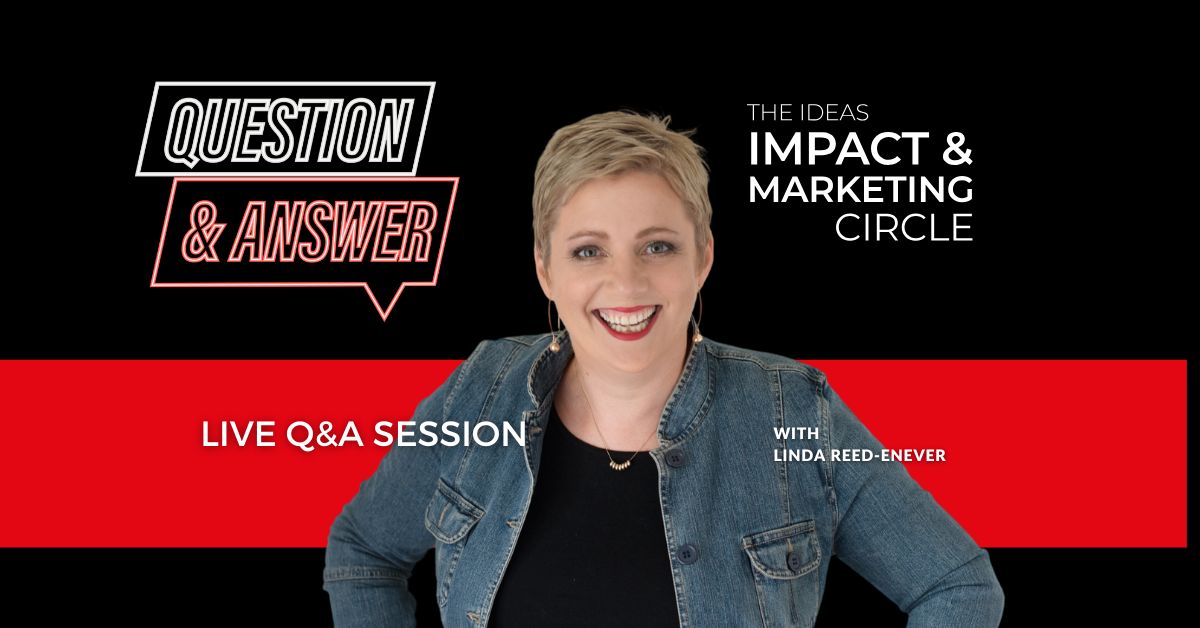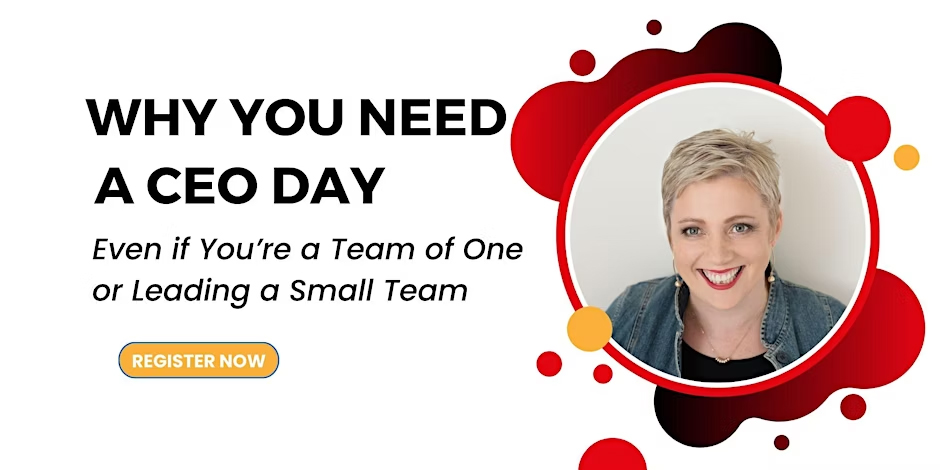Storytelling is a term you’ve likely heard in the marketing world. It’s not just a trend; it has been a fundamental aspect of marketing for many years. The essence of storytelling is to create a human-to-human connection, which is crucial for building trust in your brand. People seek authenticity and relatability, and storytelling delivers just that.
Human Connection through Stories
Human connection is at the core of storytelling. We’ve been telling stories for centuries to communicate, teach, and entertain. In marketing, stories engage people by making them feel part of your journey. This engagement is what drives them to connect with your message and your brand.
Types of Stories to Use in Business
Customer Success Stories
These stories highlight the positive experiences of past customers. They can take the form of reviews, testimonials, interviews, or before-and-after showcases.
Examples: Dental clinics showing before-and-after photos, software companies sharing case studies, and haircare brands featuring customer transformations.
Origin Stories
Origin stories focus on how your brand was founded and its journey over time. They highlight your brand’s values, mission, and the unique path you’ve taken.
Examples: Craft breweries sharing their homebrewing roots, family-owned businesses discussing generational history, and tech startups explaining the frustrations that led to their innovations.
Brand Stories
These stories emphasise the brand’s identity, values, and unique selling propositions. They often incorporate elements of origin stories but focus more on the brand’s personality.
Examples: Luxury fashion brands discussing sustainability efforts, car manufacturers highlighting safety innovations, and music streaming services emphasising artist support.
Educational Stories
Educational stories aim to inform your audience about your products, industry tips, or how to use your services. They position your brand as a knowledgeable and trusted source.
Examples: Cooking blogs offering gourmet meal guides, financial institutions sharing saving tips, and health companies providing wellness advice.
Humorous Stories
Humour can create a strong connection by making your audience laugh and feel good about your brand. It’s particularly effective if it aligns with your brand’s personality.
Examples: Pet grooming businesses showcasing funny pet moments, fast-food chains creating parody videos, and finance blogs using humorous scenarios to explain concepts.
Emotional Stories
These stories aim to evoke strong emotional responses and create a deep connection. They are often used in press releases and marketing campaigns to highlight human interest angles.
Examples: Charities sharing impactful service stories, healthcare brands featuring testimonials, and sports equipment companies promoting athlete sponsorships.
Creating Your Brand’s Story
When crafting your brand’s story, ensure it aligns with your brand message and resonates with your target audience. Consider the format and distribution channels to effectively reach your audience. By creating engaging and authentic stories, you develop trust and a deeper connection with your audience.
Storytelling in marketing is about making your audience feel part of your journey. Whether through customer success stories, origin stories, brand stories, educational stories, humorous stories, or emotional stories, the goal is to create a connection that fosters trust and loyalty.
Highlights
- 00:41 The Importance of Human Connection
- 00:57 Overcoming Marketing Jargon
- 01:36 Crafting Compelling Stories
- 02:37 Customer Success Stories
- 04:17 Origin Stories
- 06:49 Brand Stories
- 08:58 Educational Stories
- 10:29 Humorous Stories
- 11:38 Emotional Stories
- 13:20 Tips for Using Storytelling in Business









